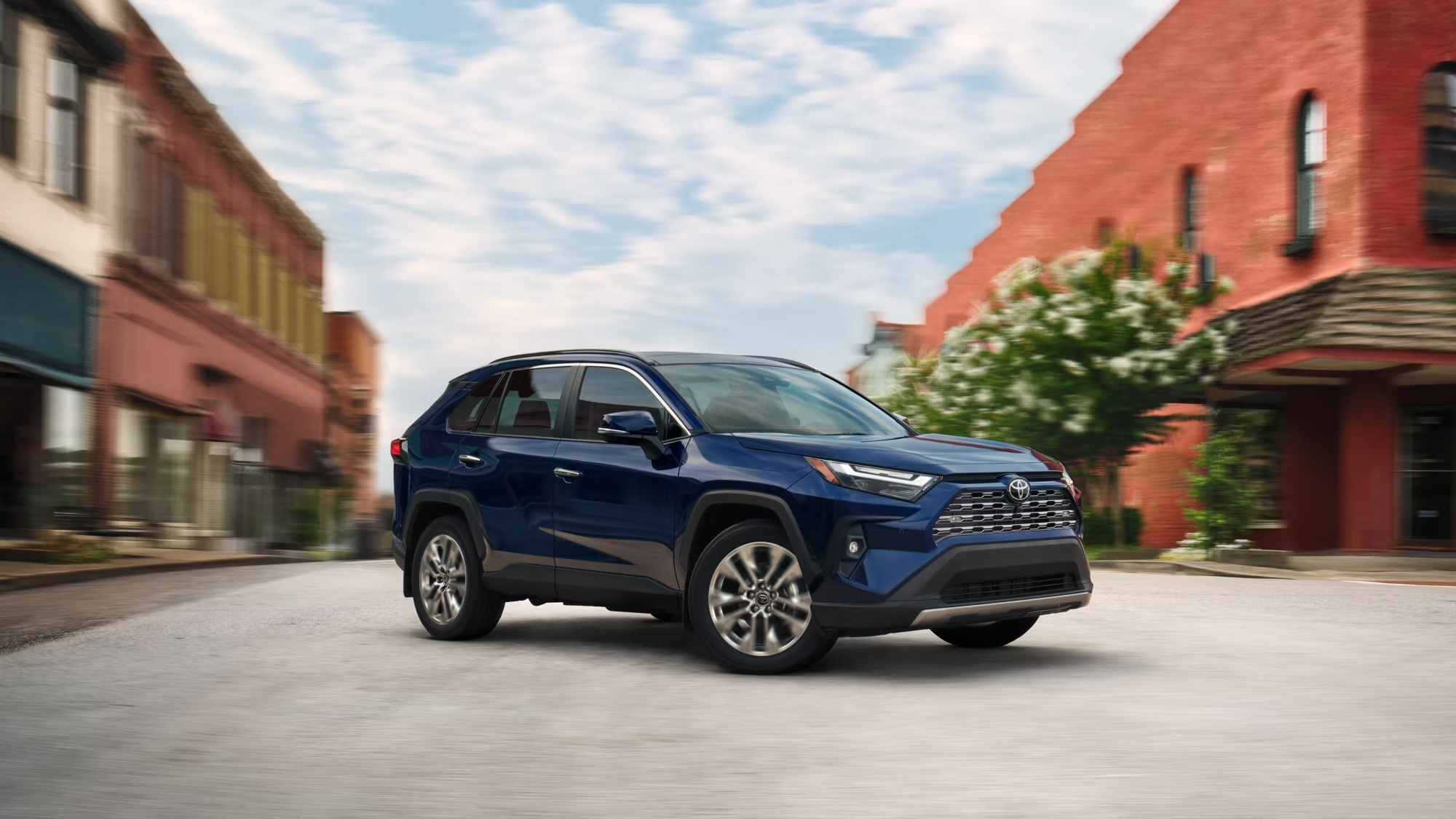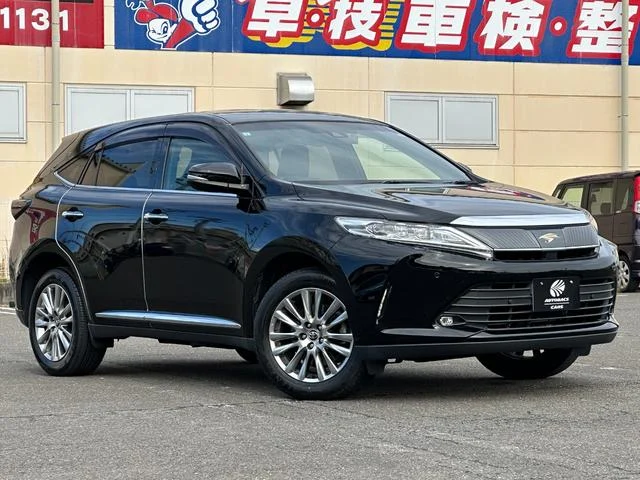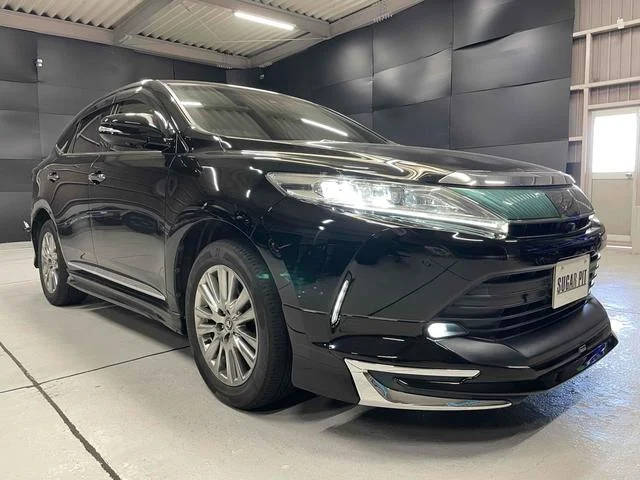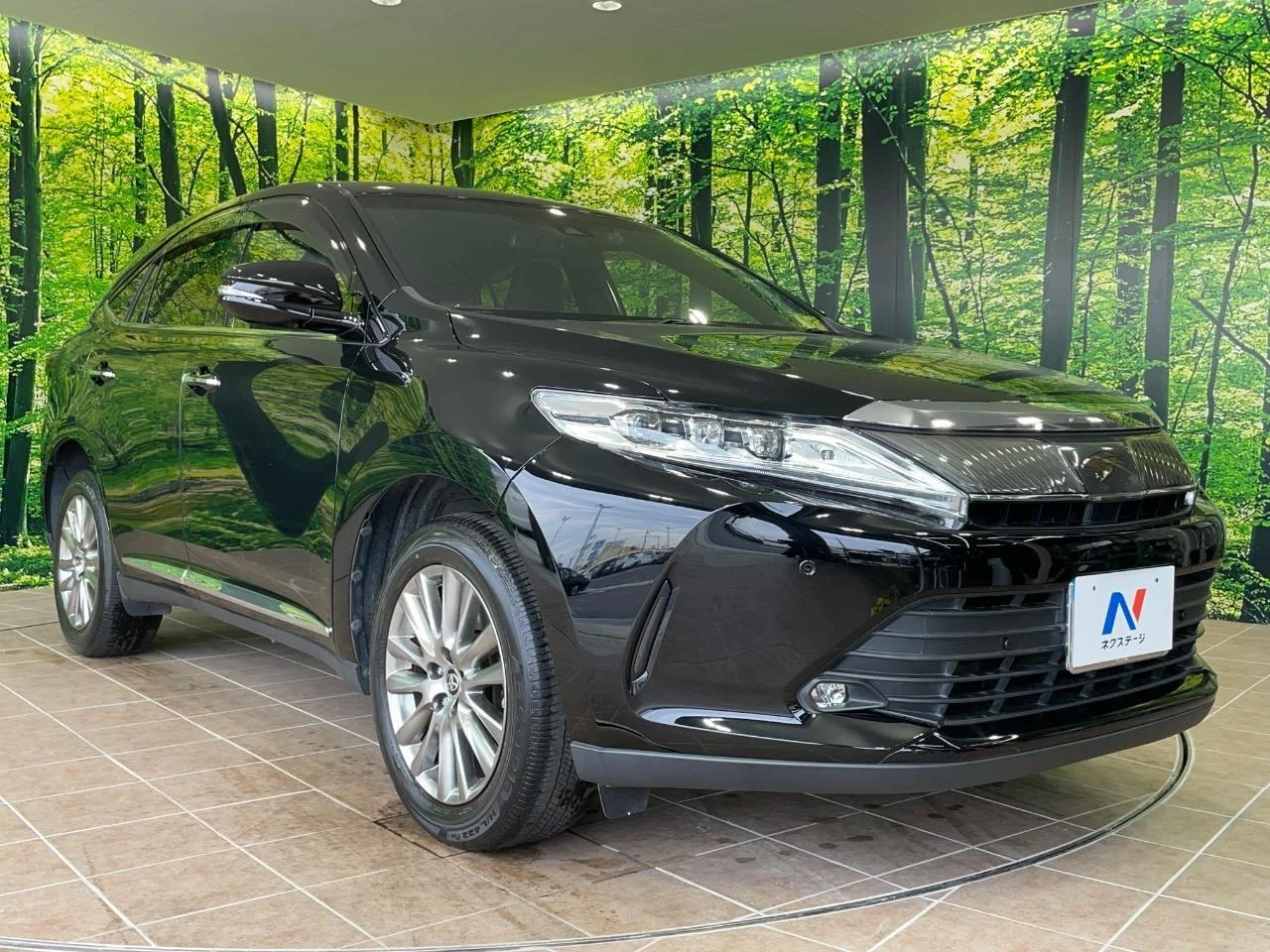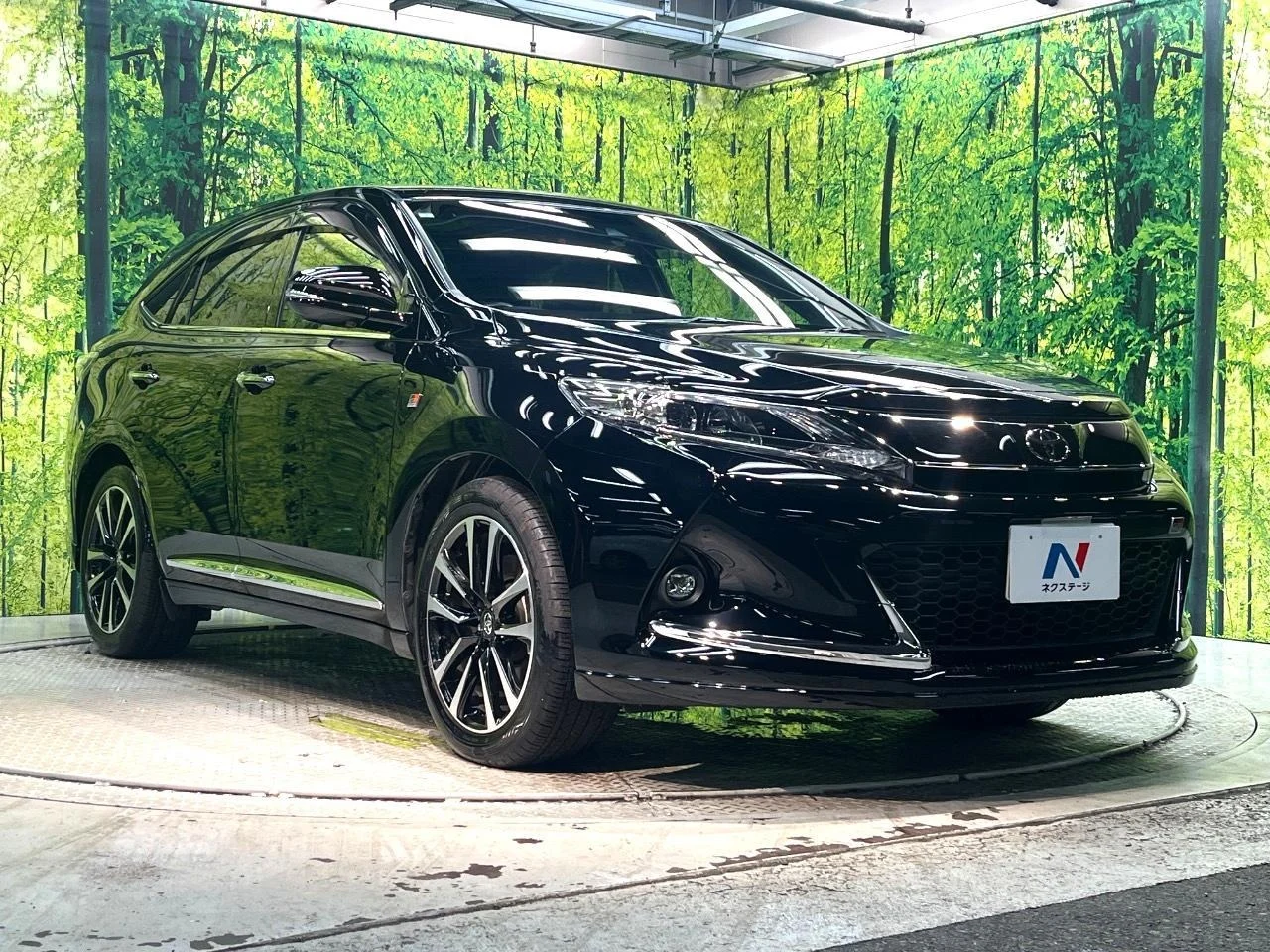Understanding the Importance of Auction Sheets
So, what exactly makes an auction sheet so indispensable?
Unlike a local seller’s description, which can be subjective and embellished, an auction sheet is a standardized, factual report.
It’s created by professional inspectors at the auction house in Japan whose sole job is to provide an accurate assessment of every vehicle that passes through.
Their reputation—and the auction house’s—depends on their honesty and precision.
This document is your eyes and ears on the ground, thousands of miles away.
It meticulously details everything from the car’s basic specifications and optional features to its cosmetic flaws, repair history, and overall mechanical grade.
Ignoring or misinterpreting this report is like buying a house without a survey; you’re exposing yourself to significant financial risk.
By learning to read it, you gain the power to vet cars remotely, filter out problematic options, and confidently bid on a vehicle that truly meets your standards, ensuring the Toyota or BMW you’ve set your heart on is as good as it looks on paper.

Decoding the Auction Sheet: Essential Information
Before diving into the finer details of a car’s condition, it’s crucial to understand the basic information that forms the backbone of every auction sheet.
This top section provides a vital snapshot of the vehicle’s identity.
You’ll find the lot number, which is its unique identifier for that specific auction.
More importantly, you’ll see the chassis number (or VIN), which is the permanent ID you can use for verification.
The sheet will clearly state the year and month of first registration, a critical piece of information for Kenyan importers who must adhere to the 8-year age limit rule.
You’ll also find the model code, engine displacement (e.g., 2000cc), transmission type (AT for automatic, MT for manual), and a list of standard and optional equipment like air conditioning (AC), power steering (PS), power windows (PW), and sunroof (SR).
Getting these basics right is the first step.
It confirms you’re looking at the correct vehicle specification, for example, a specific trim of a Mazda CX 5, and that it legally qualifies for importation into Kenya.
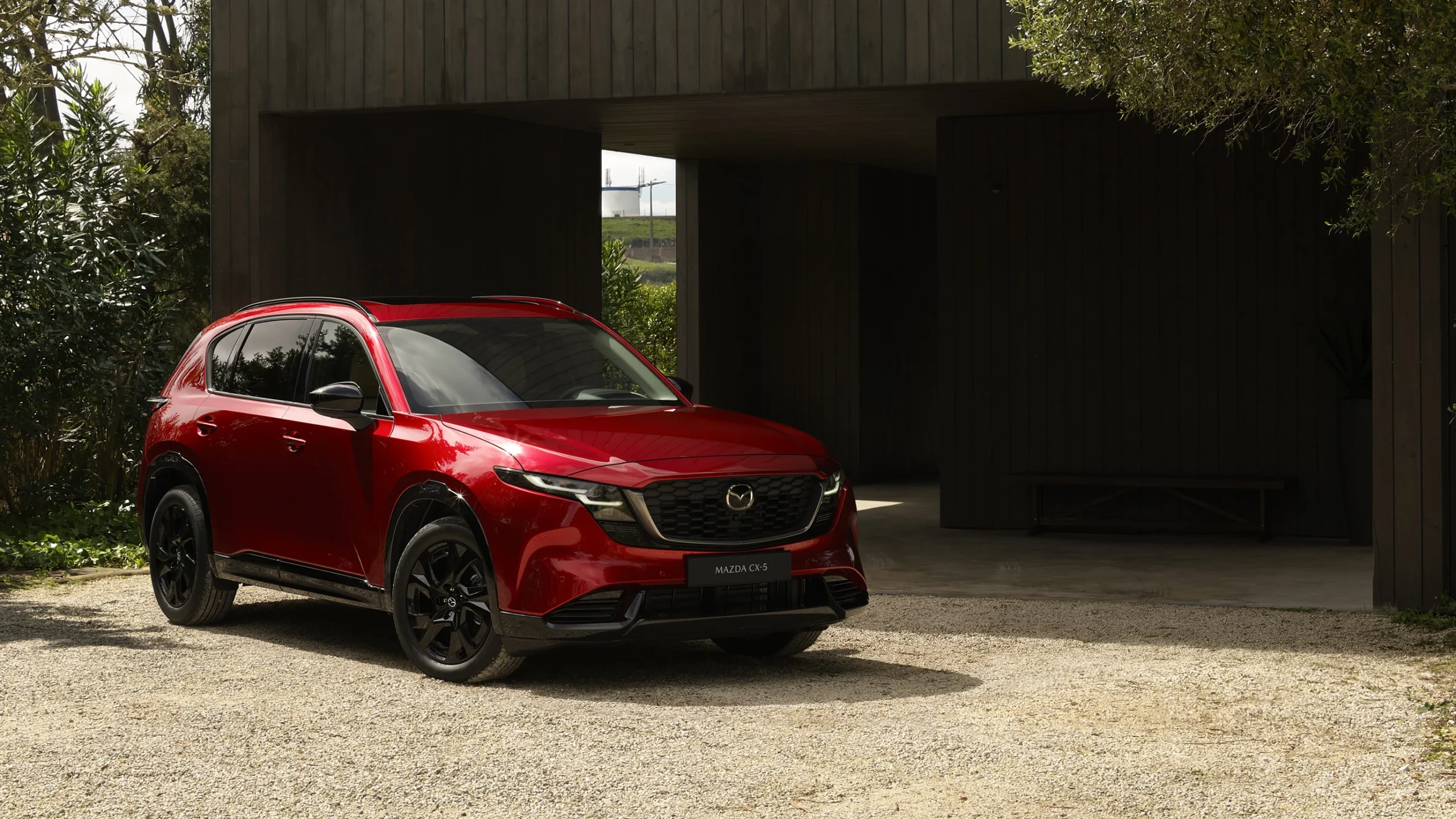
Uncovering the Vehicle’s History
Beyond the basic specs, the auction sheet offers a window into the car’s past life, a narrative that can reveal how well it was cared for.
One of the most significant figures here is the mileage, displayed in kilometers.
While low mileage is often desirable, it’s essential to ensure it aligns with the car’s age and overall condition to rule out any potential tampering.
The sheet may also include notes on the vehicle’s previous use, distinguishing between a privately owned car and one used for commercial purposes, which might have endured more wear and tear.
Furthermore, the inspector’s notes section often contains crucial historical clues.
This is where you might find comments about service records, timing belt replacements, or any significant repairs.
It’s this part of the document that helps you understand the car’s story, allowing you to choose a well-maintained vehicle, like a reliable Honda Vezel, over one with a questionable past.
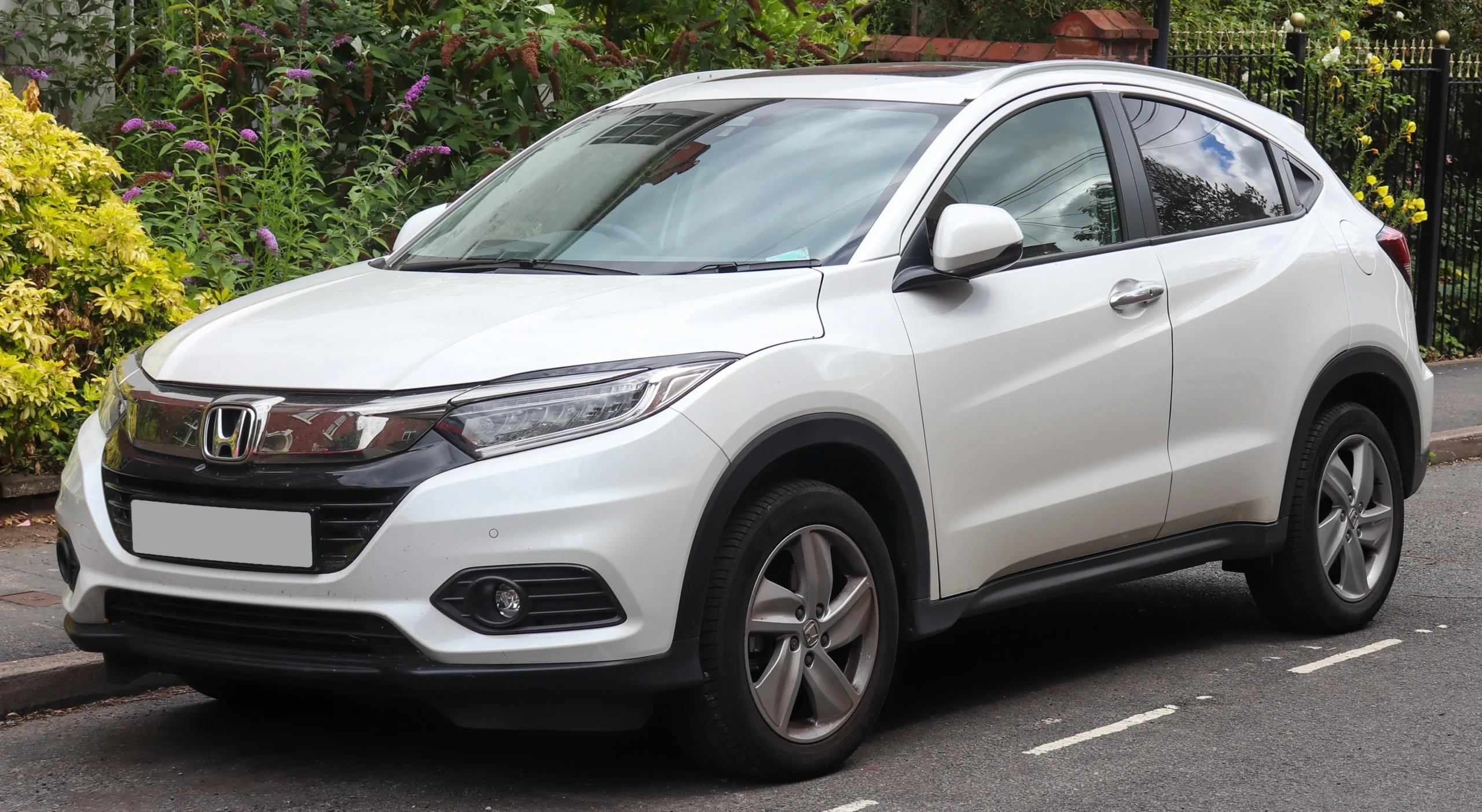
This historical context is invaluable for long-term reliability and resale value once the car arrives in Kenya.
Assessing the Vehicle’s Condition
This is where the auction sheet truly shines, providing a detailed and systematic breakdown of the vehicle’s physical state.
The most prominent feature is the overall auction grade, a number from 6 (brand new) down to 1, with ‘R’ or ‘RA’ indicating a vehicle that has been in an accident and repaired.
For most importers, a grade of 4 or 4.5 represents a great balance of quality and value.
Alongside this overall grade, you’ll find separate letter grades (A-D) for the interior and exterior condition.
The centerpiece of the condition report is the vehicle diagram.
This schematic map of the car is marked with letters and numbers indicating specific defects.
For instance, ‘A’ denotes a scratch, ‘U’ a dent, ‘B’ a dent with a scratch, and ‘W’ indicates waviness or a previous paint repair.
A number from 1 to 4 often follows, signifying the severity (1 being minor, 4 being significant). ‘XX’ means a panel has been replaced, a major red flag.
Diligently examining this map is non-negotiable, as it tells you exactly where every imperfection is located, from a tiny A1 scratch on the bumper of a Lexus NX250 to a more noticeable U2 dent on the door of a family van.
Navigating the Car Import Process in Kenya
Once you’ve successfully interpreted the auction sheet and won the bid on your chosen car, the next phase of the journey begins.
The car import process into Kenya involves several critical steps that require careful coordination.
First, the vehicle must be de-registered in Japan and prepared for shipping.
This involves booking space on a vessel, handling port logistics, and ensuring all export documentation is in order.
Upon arrival at the Port of Mombasa, the car must undergo clearance with the Kenya Revenue Authority (KRA), which includes inspection, duty calculation, and payment.
This stage is notoriously complex, with specific regulations and paperwork that can be overwhelming for a first-time importer.
After clearance, the vehicle needs to be registered locally to receive its Kenyan number plates.
Each step presents potential delays and pitfalls.
For a seamless experience, many Kenyans choose to work with a trusted partner who understands the intricacies of the entire import process, transforming a potentially stressful undertaking into a straightforward and predictable one.
Why Accurate Auction Sheet Interpretation Matters
The ability to accurately read an auction sheet is the cornerstone of a successful vehicle import.
A minor misinterpretation can lead to major disappointment and financial loss.
Overlooking a ‘W’ on the diagram could mean you’ve purchased a car with a poorly repaired panel, while mistaking a grade ‘3.5’ for a ‘4.5’ can result in a vehicle with far more wear and tear than you anticipated.
The most significant risk lies in misinterpreting accident grades like ‘R’ or ‘RA’.
While an ‘RA’ might signify a minor, well-executed repair, an ‘R’ grade could hide serious structural damage that compromises the vehicle’s safety and integrity.
This is why expert guidance is invaluable.
At Enan Motors, our team has spent years mastering the nuances of these documents.
We meticulously scrutinize every detail, ensuring the Mercedes Benz or Lexus you desire is not just aesthetically pleasing but also structurally and mechanically sound.

This diligence protects your investment and provides the peace of mind that comes from knowing exactly what you are buying.
Streamlining Your Car Import with Expert Services
While this auction sheet guide equips you with the knowledge to understand the process, partnering with a seasoned expert can elevate your experience from manageable to effortless.
Handling international payments, logistics, complex customs procedures, and endless paperwork can be a full-time job fraught with potential for costly errors.
This is where we come in.
At Enan Motors, we live and breathe car importation.
We handle every single step for you, from verifying auction sheets and securing your ideal vehicle—whether it’s a rugged Toyota Land Cruiser Prado or a sleek Toyota Harrier—to managing shipping, clearance, and registration.
Our transparent process keeps you informed without burdening you with the complexities.
We leverage our experience to navigate the system efficiently, saving you time and money.
If you’re ready to import your dream car with confidence and ease, let our team of experts guide you.
Check our currently available cars or Message us on WhatsApp or call us at +254 723 328 339 for a personalized consultation and a free quote.
Conclusion
The Japanese auction sheet is more than just a piece of paper; it’s your most trusted ally in the vehicle importation journey.
By learning to decode its grades, diagrams, and notes, you empower yourself to make smart, informed decisions from thousands of miles away.
It transforms a gamble into a calculated investment, ensuring the car that lands in Mombasa is the exact quality you paid for.
However, knowledge alone doesn’t eliminate the logistical hurdles of the car import process.
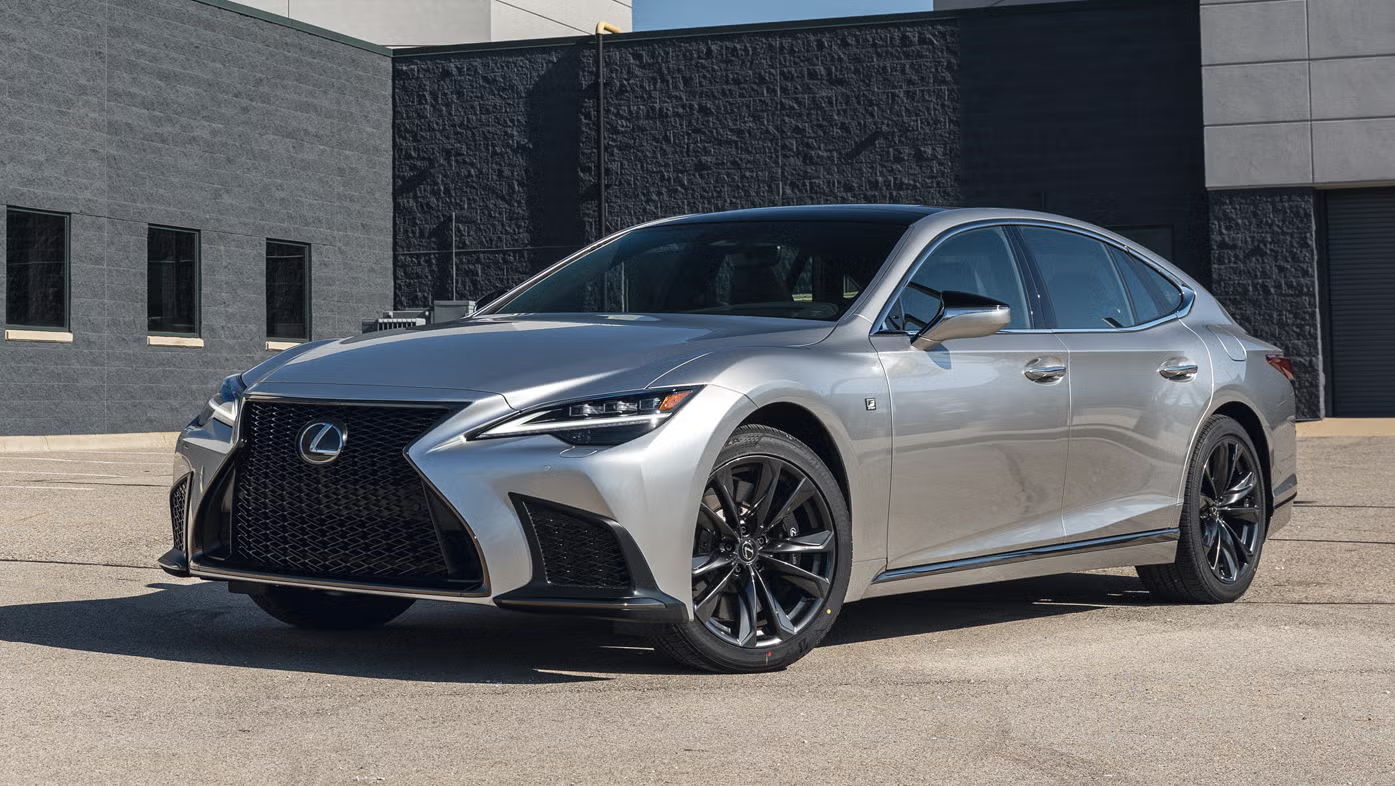
For a truly seamless and worry-free experience, partnering with a dedicated professional is the wisest path.
At Enan Motors, we combine our expertise in auction sheet analysis with end-to-end import management to deliver not just a car, but complete peace of mind.
Ready to begin?
Email our import specialists at imports@enanmotors.com or visit our contact page to start your journey today.
FAQ
- What is the best auction grade for a used car?
For most buyers seeking a balance between quality and value, a grade of 4 or 4.5 is ideal.Grade 4 cars are in very good condition with only minor imperfections, while 4.5 is near-perfect.Grade 5 and 6 are essentially new or like-new but come at a premium price. - Can I import a car older than 8 years to Kenya?
No.Kenyan law, specifically the KS 1515:2000 Kenya Standard Code of Practice for Inspection of Road Vehicles, strictly prohibits the importation of vehicles that are more than 8 years old from their year of first registration.The age is calculated from the year and month of first registration to the year and month of importation. - How can I verify an auction sheet?
You can verify an auction sheet’s authenticity by using the car’s chassis number to check it against online auction databases.However, the most reliable method is to work with a reputable import agent like Enan Motors.We have direct access to auction systems and can pull the original, untampered report for you, ensuring complete transparency. - What does ‘R’ or ‘RA’ mean on an auction sheet?
‘R’ stands for ‘Restored’ or ‘Repaired’ and indicates a vehicle that has been in an accident and has undergone repairs, which could include major structural parts. ‘RA’ typically signifies a minor accident with well-done repairs.Both grades require careful expert evaluation to assess the quality and extent of the repair work. - Why should I use an import agent instead of doing it myself?
Using an experienced agent like Enan Motors simplifies a highly complex process.We handle everything: verifying auction sheets, secure bidding and payment, managing Japanese export logistics, and navigating the intricate customs clearance and registration process in Kenya.This saves you time, prevents costly mistakes, and protects you from potential fraud.


